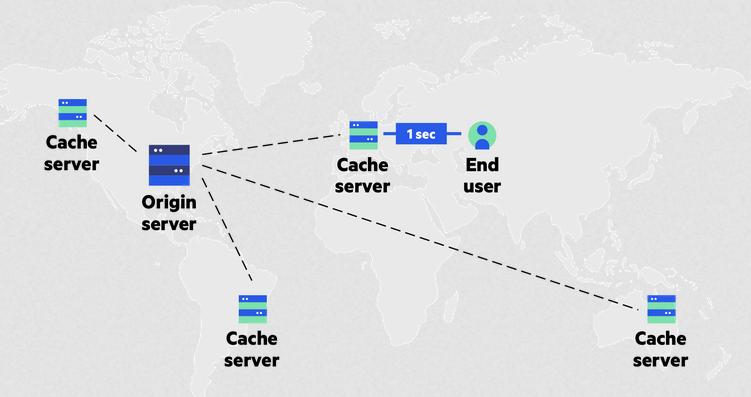WAF Basics

Introduction
In today’s fast-paced digital world, securing web applications has become a major concern for businesses. With the rise in cyber threats, companies are looking for ways to protect their web applications from malicious attacks. This is where Web Application Firewall (WAF) comes into play. In this blog post, we will discuss what WAF is and its application.
What is Web Application Firewall (WAF)?
A Web Application Firewall (WAF) is a security solution that monitors and filters HTTP traffic between a web application and the internet. It acts as a barrier between the web application and any potential threats, including Distributed Denial of Service (DDoS) attacks, cross-site scripting (XSS), SQL injection, and more. WAFs work by analyzing HTTP traffic and blocking any requests that don’t meet the specified security policies.
Application of Web Application Firewall (WAF)
WAFs have become an essential part of web application security, and their application has become widespread. Here are some of the ways WAFs are commonly used:
Protection against DDoS attacks
One of the most common applications of WAF is to protect web applications from DDoS attacks. A DDoS attack is an attempt to overwhelm a web application with a massive amount of traffic from multiple sources. WAFs can detect and block these attacks by analyzing traffic patterns and blocking any requests that don’t meet the specified security policies.
Prevention of SQL injection and XSS attacks
WAFs can also prevent SQL injection and cross-site scripting attacks. SQL injection is an attack that exploits vulnerabilities in a web application’s database by injecting malicious SQL code. WAFs can prevent this by blocking any requests that contain SQL injection attempts. Cross-site scripting attacks, on the other hand, are attacks that inject malicious code into a web application to steal sensitive data. WAFs can prevent this by blocking any requests that contain XSS attempts.
Compliance with industry standards
WAFs can also help companies comply with industry standards such as the Payment Card Industry Data Security Standard (PCI DSS) and the Health Insurance Portability and Accountability Act (HIPAA). These standards require companies to implement security measures to protect sensitive data. WAFs can help companies meet these requirements by monitoring and filtering web traffic to ensure compliance.
Securing Cloud-native Apps with a Web Application Firewall (WAF)
A cloud-native Web Application Firewall (WAF) is an essential security solution for any organization with cloud-based applications. With the increasing number of cyber threats, it is important to ensure that your applications are fully protected. Given that traditional security solutions may not provide the same level of protection for cloud-native applications as they do for on-premise applications, a cloud-native WAF is designed to protect cloud-based applications from internal, external, and cloud security threats.
A cloud-native WAF is a comprehensive security solution that combines hardware, software, signatures, rules, and machine learning technologies to provide the highest level of protection. The machine learning capabilities of a cloud-native WAF make it more agile and adaptive than traditional security solutions, allowing it to quickly respond to new threats and vulnerabilities. For instance, it can identify and prevent distributed denial of service (DDoS) attacks, SQL injection attacks, cross-site scripting (XSS) attacks, and other malicious activities that can compromise the security of your cloud-based applications.
The cloud-native WAF is also designed to be more cost-effective than traditional security solutions. It is not only easier to deploy and manage, but it also requires fewer resources to maintain, which makes it an ideal solution for organizations looking to reduce their security costs while still providing the highest level of protection for their applications.
In addition to providing protection from cyber threats, a cloud-native WAF can help organizations improve their overall security posture. It can protect against OWASP top 10 vulnerabilities, DDoS attacks, and malicious bots, making it easier for organizations to comply with industry regulations. As cyber threats continue to evolve, having a security solution that can keep up is crucial.
When choosing a cloud-native WAF, there are several considerations to keep in mind. Firstly, ensure that the WAF can integrate with your existing cloud infrastructure and tools. Look for a WAF that is compatible with common cloud providers like AWS, Azure, and Google Cloud. Secondly, the WAF should provide real-time threat detection and prevention, as well as reporting and analytics that can give you insights into your security posture. Lastly, consider the vendor’s track record and expertise in cloud security. Look for a vendor with experience securing cloud-based applications and a strong reputation in the industry.
In conclusion, a cloud-native WAF is an indispensable security solution for any organization with cloud-based applications. It provides comprehensive protection against cyber threats, is cost-effective and easy to manage, and can improve an organization’s overall security posture. By choosing the right cloud-native WAF, organizations can ensure the highest level of protection for their applications and keep their sensitive data safe from malicious activities.
Conclusion
Web Application Firewall (WAF) is a security solution that has become essential in today’s digital world. Its application has become widespread, and it is used to protect web applications from various threats such as DDoS attacks, SQL injection, and cross-site scripting. By implementing a WAF, companies can ensure the security of their web applications and comply with industry standards.
References
https://www.cloudflare.com/waf/https://www.barracuda.com/products/application-protection/web-application-firewallhttps://www.imperva.com/products/web-application-firewall-waf/